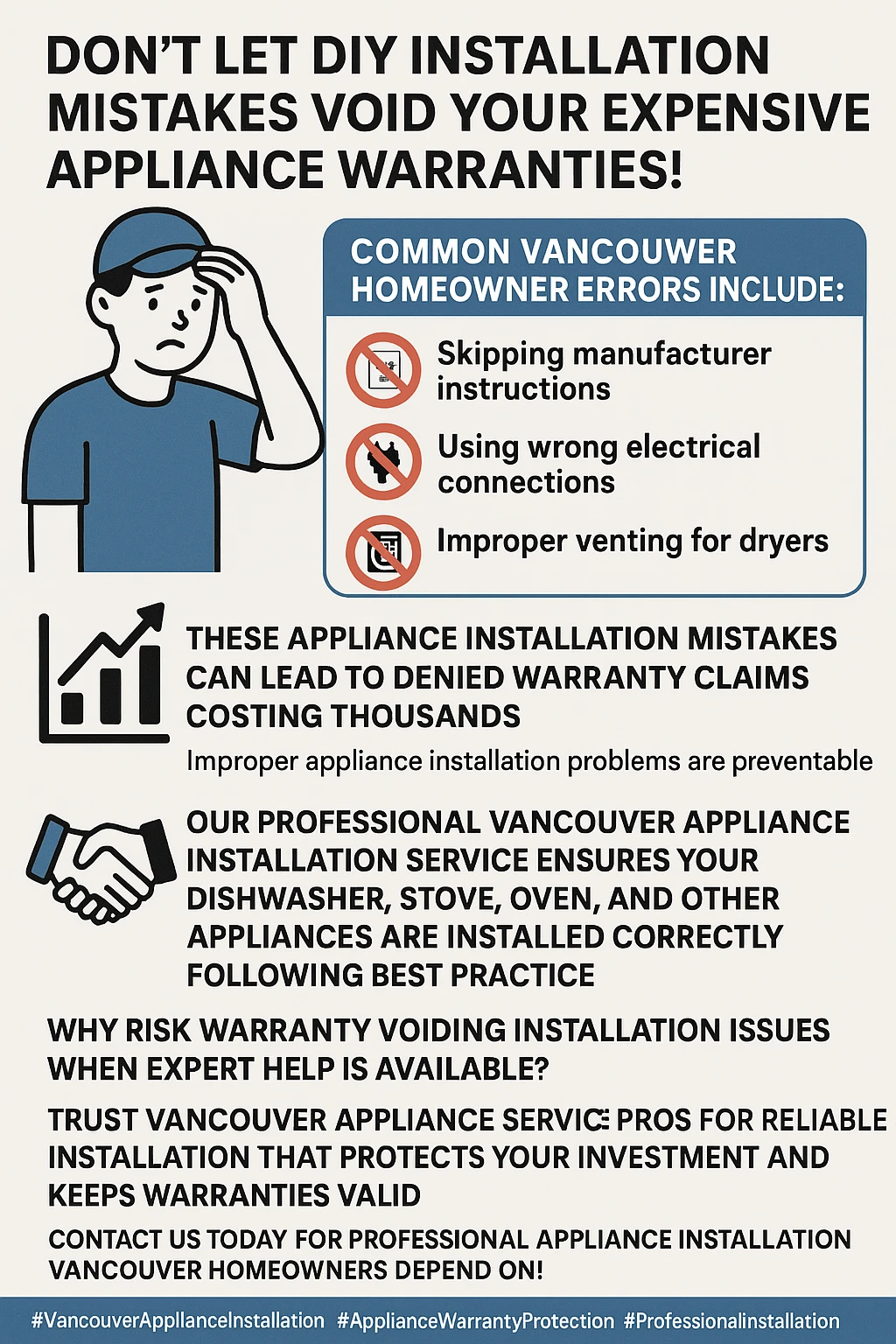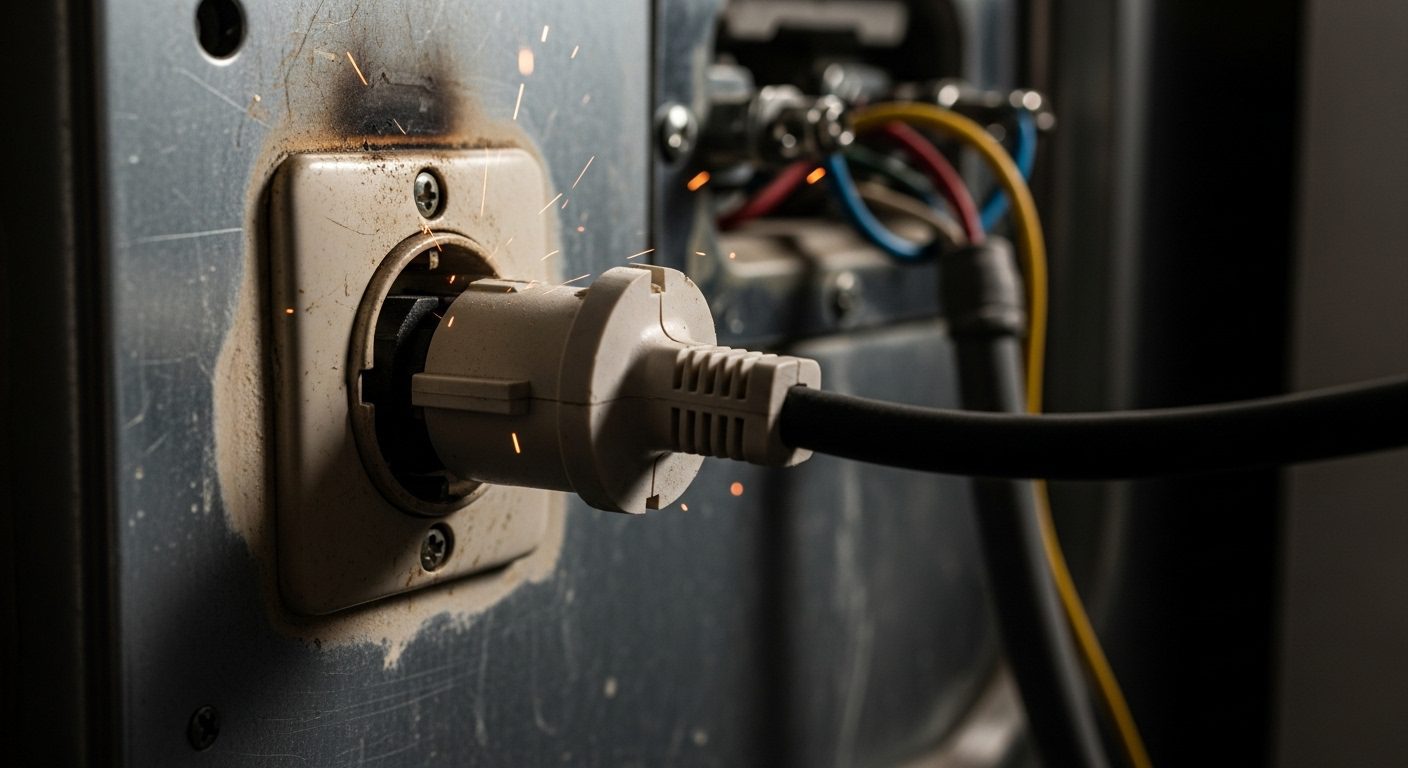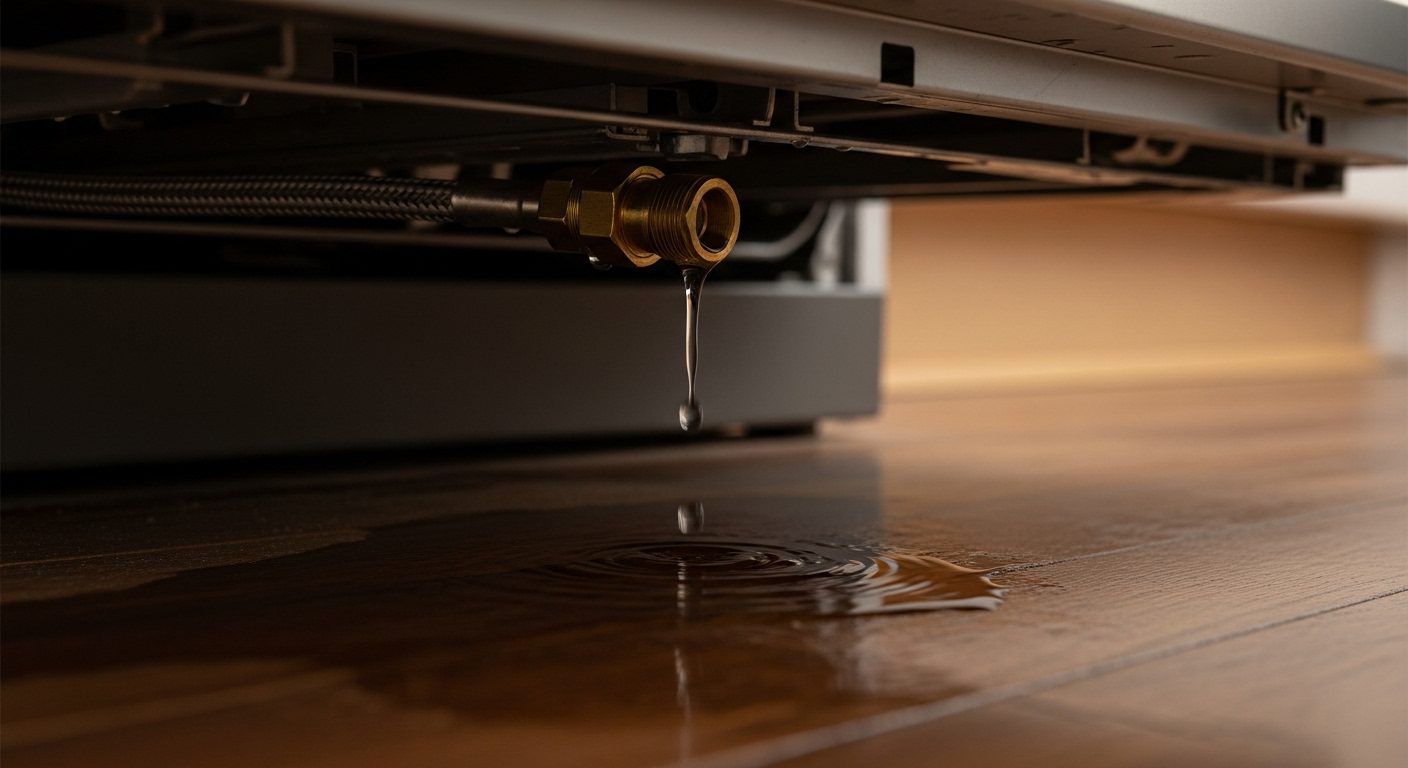Vancouver Appliance Installation Mistakes That Void Your Warranty: Hidden Pitfalls Every Homeowner Should Avoid
Wondering why your shiny new dishwasher warranty got voided after just one month? You’re not alone – many Vancouver homeowners unknowingly make installation mistakes that manufacturers use to deny warranty claims, leaving them with expensive repair bills and zero recourse.
Picture this: you’ve just dropped $800 on that sleek new washing machine, only to discover three months later that a simple installation error has voided your entire warranty. It’s like buying insurance and finding out the fine print excludes everything you actually need covered. Unfortunately, this scenario plays out in Vancouver homes more often than you’d think, especially with our city’s unique building codes and older housing stock.

The appliance installation process might seem straightforward – just plug it in and you’re good to go, right? Wrong. From electrical connections that don’t meet BC standards to improper water line hookups that cause hidden damage, even small oversights can turn your warranty into worthless paper. The worst part? Many of these mistakes happen because homeowners and even some contractors don’t understand the specific requirements that manufacturers demand for warranty coverage.
What makes Vancouver particularly tricky is our mix of heritage homes with outdated systems and modern condos with strict strata regulations. Add in our region’s hard water, seasonal temperature swings, and varying municipal codes across Metro Vancouver, and you’ve got a recipe for installation complications that can easily void warranties if not handled properly.
Key Outtakes:
- Improper electrical connections and inadequate ventilation are the top two warranty-voiding mistakes in Vancouver installations
- Many manufacturers require professional installation by certified technicians to maintain warranty coverage
- Vancouver’s building codes and strata regulations add extra layers of compliance that DIY installers often miss
- Water damage from incorrect plumbing connections can void warranties even if the appliance itself works perfectly
- Documentation and proper permits are essential for warranty claims, especially in older Vancouver homes

Understanding Warranty Requirements for Vancouver Appliances
Appliance warranties aren’t just about protecting you from defective products – they’re legal contracts with very specific terms that manufacturers use to limit their liability. In Vancouver’s market, where appliance costs are already higher due to import duties and our premium location, understanding these warranty requirements becomes even more critical for protecting your investment.
Most major appliance manufacturers now require professional installation to maintain warranty coverage, especially for built-in units like dishwashers and over-the-range microwaves. This isn’t just a suggestion – it’s a hard requirement that’s clearly stated in the warranty documentation. When you attempt DIY installation or hire an unqualified handyperson, you’re essentially gambling with thousands of dollars in warranty protection.
The challenge for Vancouver homeowners is that warranty requirements don’t always align with local building practices or the realities of our housing stock. For instance, many older Vancouver homes have electrical systems that don’t meet current standards, but manufacturers expect installations to comply with both their specifications and current electrical codes. This creates a gap where homeowners think they’re doing everything right, only to discover their warranty is void when problems arise.
Electrical Connection Errors That Destroy Warranties
When it comes to warranty-voiding installation mistakes, electrical issues top the list in Vancouver homes. The transition from older electrical systems to modern appliance requirements creates a minefield of potential problems that can instantly invalidate your warranty coverage. Many homeowners assume that if an appliance turns on and appears to work, the electrical connection must be correct – but manufacturers have much stricter standards.

The most common electrical mistake involves using the wrong type of outlet or circuit for the appliance. Modern appliances often require dedicated circuits with specific amperage ratings, and simply plugging into an existing outlet isn’t sufficient. For example, most new electric dryers need a 240-volt, 30-amp circuit, while older Vancouver homes might only have 220-volt connections. This voltage difference might not prevent the dryer from working initially, but it can cause premature component failure that manufacturers will blame on improper installation.
Another frequent electrical error involves improper grounding, which is particularly problematic in Vancouver’s older neighborhoods where homes might lack modern three-wire electrical systems. Manufacturers require proper grounding not just for safety, but also to protect sensitive electronic components from power surges. When appliances fail due to electrical issues and technicians discover improper grounding, warranty claims are typically denied on the grounds of installation error.
Loose connections represent another warranty killer that’s surprisingly common in DIY installations. Even when homeowners use the correct outlets and circuits, rushed or inexperienced installation can result in loose wire connections that cause intermittent power issues. These problems often don’t manifest immediately, leading homeowners to believe their installation was successful. However, when the appliance eventually fails due to inconsistent power delivery, manufacturers can easily identify the loose connection as the root cause and void the warranty.
Vancouver’s electrical codes add another layer of complexity that many installers overlook. The city requires specific types of electrical connections for certain appliances, and failure to meet these local standards can void warranties even when the manufacturer’s basic requirements are met. For instance, some areas of Vancouver require GFCI protection for appliances in certain locations, and omitting this protection violates both local codes and manufacturer specifications.
Water Supply and Drainage Installation Failures
Water-related installation mistakes represent the second most common cause of voided warranties in Vancouver, and they’re often the most expensive to fix. Unlike electrical errors that might cause immediate obvious problems, water issues frequently develop slowly, causing hidden damage that only becomes apparent months later when major repairs are needed. By that time, the warranty denial is often accompanied by insurance claims and extensive property damage.

The primary water connection error involves improper installation of supply lines and fittings. Many DIY installers focus on getting water flowing to the appliance without considering the long-term integrity of connections. Using incorrect fittings, over-tightening connections, or failing to use appropriate sealants can result in slow leaks that cause significant damage over time. When manufacturers investigate warranty claims and discover evidence of water damage from faulty connections, they typically void coverage and hold the installer responsible.
Drainage issues create equally serious warranty problems, particularly with dishwashers and washing machines. Vancouver’s plumbing codes require specific drainage configurations that many installers ignore or misunderstand. For example, dishwashers must have either a high loop or air gap to prevent backflow of contaminated water. When installers skip these requirements to save time or because they don’t understand their importance, the resulting contamination can damage internal components and void warranty coverage.
Water pressure problems also contribute to warranty voids, especially in older Vancouver neighborhoods where municipal water pressure might be inconsistent. Manufacturers specify minimum and maximum water pressure ranges for proper operation, and failure to install pressure regulators where needed can cause premature wear of internal components. The challenging installation environment in many Vancouver homes makes it easy to overlook these pressure requirements until problems develop.
Another critical water-related mistake involves ignoring Vancouver’s hard water conditions. Our regional water supply contains minerals that can damage appliances over time, particularly when proper filtration isn’t installed during the initial setup. Many manufacturers now require water quality testing and appropriate filtration systems for warranty coverage, but installers often skip these steps to reduce costs. When mineral buildup causes premature component failure, the warranty claim is denied based on improper water treatment.
Hidden Leak Detection and Prevention
One of the most insidious water-related warranty problems involves hidden leaks that develop gradually after installation. These leaks often start as minor seepage that isn’t immediately visible but eventually causes significant damage to surrounding structures. When appliances fail due to moisture-related issues, manufacturers investigate the installation thoroughly and typically find evidence of long-term water exposure.
Professional installers use specialized tools to pressure-test connections and verify that all fittings are properly sealed. DIY installers rarely have access to these tools or the expertise to use them effectively. This means that connections might appear secure during installation but fail under normal operating pressure, leading to gradual leaks that undermine warranty coverage.
Documentation becomes crucial for water-related warranty claims because manufacturers need proof that connections were installed correctly and tested properly. Professional installers provide detailed documentation of pressure tests, water quality measurements, and installation procedures. DIY installers rarely maintain this level of documentation, making it difficult to defend against warranty denials when water damage occurs.
Ventilation and Airflow Mistakes
Proper ventilation often gets overlooked during appliance installation, but it’s critical




